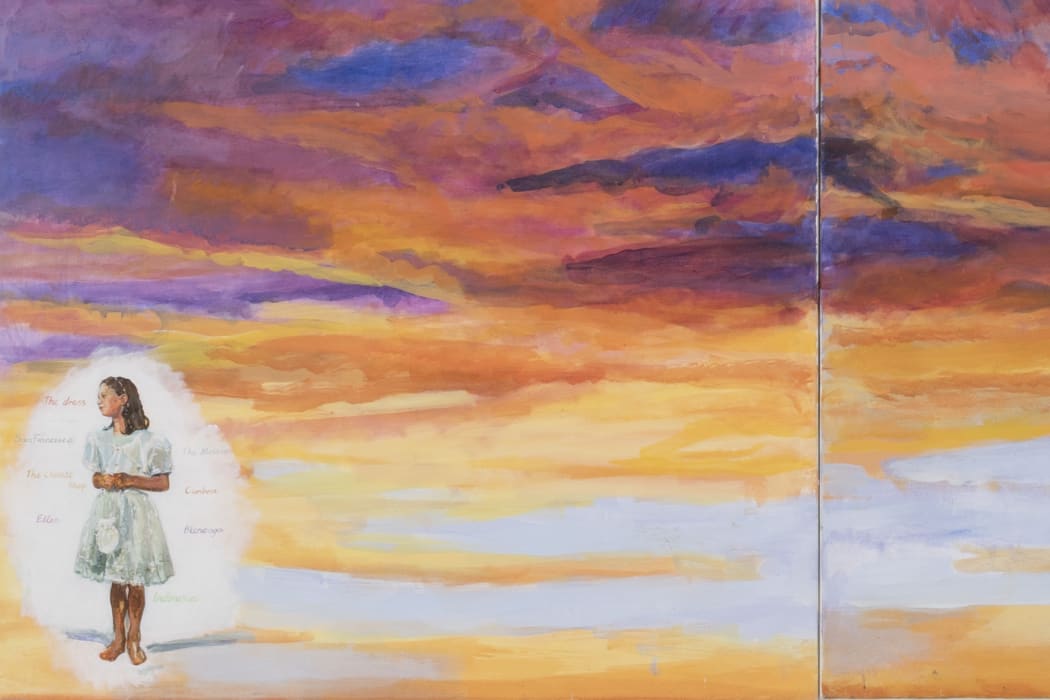
"Western societies no longer see themselves clearly in the mirror of the future; they seem haunted by unemployment, won over by uncertainty, intimidated by the impact of new technologies, troubled by economic globalization, preoccupied by environmental degradation. What's more, the proliferation of "ethnic wars" is spreading the whiff of remorse and a feeling of nausea over these societies." This disturbing statement, formulated by journalist Ignacio Ramonet back in 1999 as epigraph to his book Géopolitique du Chaos, has today acquired a premonitory value insofar as it foresaw the many crises our contemporary world faces. It proves as a reliable beacon for any cultural institution or individual, creator or operator, pondering the societal function of art. The author himself sets this paragraph to a precise question: "In this dark context, what is the responsibility of culture?"
Today, it seems clear that, in the new global order, the reference models that built our past societies are obsolete, and that the new ones are extremely contradictory. Certainly, some old models are still celebrated by certain powers, anxious to maintain or increase their influence by relying on nostalgic references, whatever they may be. Likewise, other, more contemporary models, which claim to be "natural" because they are the consequences of an "End of History" in which their very author no longer believes, persist, but are being resisted in various ways throughout the world. These latter models, which are characterized by a refusal to consider political otherness in the context of a "depoliticization" phenomenon that thinkers such as Robert Redeker and Chantal Mouffe (who prefers the term "post-political") have long been stigmatizing, are provoking more and more antagonism around the world. To put it another way, the world today is in a state of economic, political, social, environmental, cultural, moral, philosophical and individual crisis. The world we live in today is one where, as criminologist Dan Kaminski has put it, "anomie is the norm". In this general context of anomie, representational models are also in crisis, which is why art has a truly political role to play.
In a little book entitled Rien n'est sacré, tout peut se dire (Nothing is sacred, everything can be said), published in the early 2000s, the writer Raoul Vaneigem, a leading figure in the Situationist International, reminds us that "freedom of expression is not a given but an apprenticeship, which the duty of obedience has hardly favored to date." By choosing to tackle, sometimes head-on, issues specific to our contemporary times, the artists invite us to take a stand against them. Because they create conditions conducive to exchange, criticism and even direct confrontation -a possibility that must be granted to them- they invite us to practice this exercise of freedom ourselves; even if we exercise it in thought. And Vaneigem continues: "The fight against tyranny, which freedom of speech and thought claims to be, is a delusion if the citizen doesn't learn to spot and distinguish in the information whose eyes and ears are crowded with every day, to which conjurations of interests they obey or, at least, how they are ordered, governed, distorted." Art can contribute to this exercise, provided it doesn't have to confine itself to an ethereal, meditative or spiritual sphere, free from the weight of reality.
As citizens of a world now globalized by the financialization of the economy and the many antagonisms it provokes, we are continually confronted with the need to reconstitute bits of meaning from an abundance of information, the sources of which are numerous, contradictory and sometimes (insidiously) authoritarian. Art can help us to choose between contemplating this explosion as a dramatic loss, with the disappearance of certainties and stable points of reference, and seeing it, on the contrary, as an opportunity to build new political models, better adapted to the needs and demands of today's generations. "Social space," writes Chantal Mouffe, "is discursive in nature and the product of 'signifying practices'. The regular exercise of freedom is also a "meaningful practice", constitutive like the others of our democracies which, however imperfect they may be and for want of other possibilities, are nonetheless preferable to all forms of dictatorship.
When artists go so far as to propose, through their work, other ways of living, or even other models for the organization of society, even if they are judged "utopian" or "dystopian" at the time, they are formulating other hypotheses, imagining other political potentialities, opening the way to other possible futures. As a space of freedom and experimentation, art is in fact an active principle of this "democratic imaginary" that Alexis de Toqueville identified as early as the 19th century as "the passion for equality". This imaginary is part of the common sense, the constitutive myth of our democratic societies. Art, like any other form of human activity, contributes to it, with the added possibility that nothing is potentially impossible. In this sense, it has a fundamentally political role to play.
